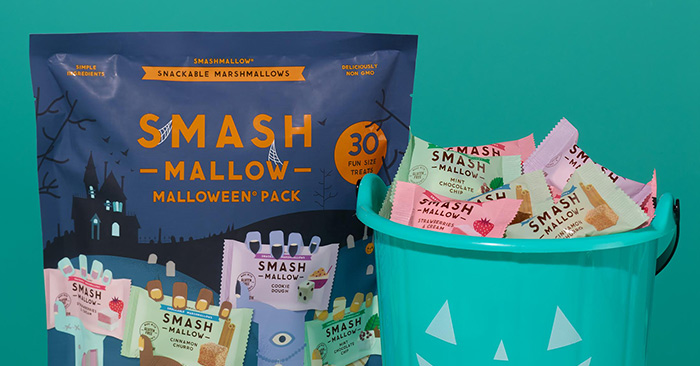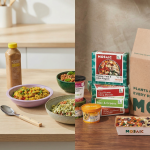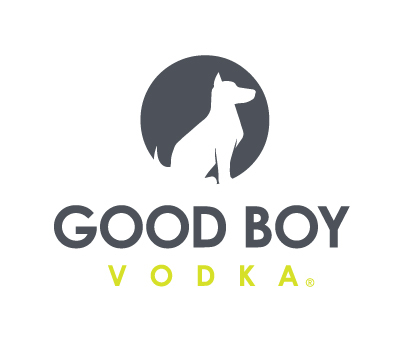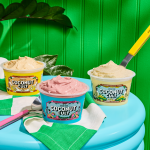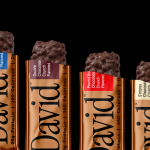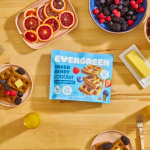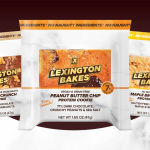No Fear Here: Candy Makers Say They’ll Win Halloween
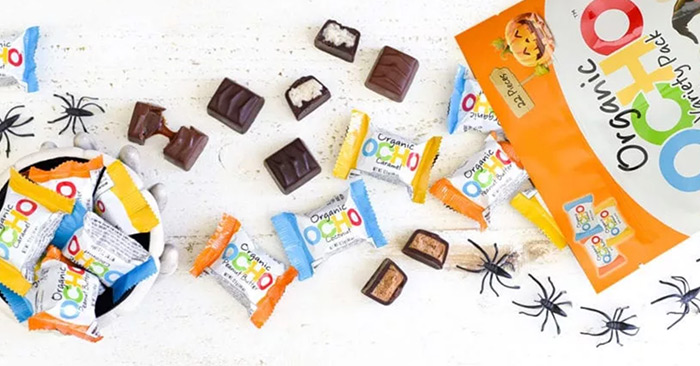
“Candy Season” typically begins at Halloween and carries across Christmas, Valentine’s Day and Easter. But this year, with the Covid-19 pandemic still raging, the consumer appetite for holiday celebrations is unclear.
Still, there’s a bright spot for potential future indicators of success: though confection brands were concerned about Halloween sales, many brands with natural or better-for-you offerings are reporting a solid start to the holiday season.
Part of this is due to what seems to be the public’s commitment to celebrating the holiday. According to The Harris Poll, 74% of millennial moms and young parents say that “Halloween 2020 is more important than ever,” with 80% of the general public noting that trick or treating is irreplaceable. As a result, according to the National Retail Federation, per person spending on candy for Halloween actually jumped this year, from $26.03 in 2019 to a projected $27.55 in 2020, though total overall spending on candy is expected to be down from $2.6 billion in 2019 to $2.4 billion in 2020.
The Best Laid Plans
Though consumers start to see Halloween products appear on shelves in September or October, planning for the holiday actually begins a year in advance when brands determine their seasonal offerings. Sell-in to retailers happens soon after, with purchase orders written in early spring and orders shipping in early summer.
For 2020, buyers were writing Halloween POs in both the early weeks of the pandemic around the Easter holiday. Retailers saw a sales drop in seasonal items, but with October months away, brands were unsure of what the future would hold: would this be a pandemic that faded away quickly, or held the country captive for months, if not years?
Because of the uncertainty, most brands reported that they looked to their buyers for guidance. At chocolate brand Ocho, Todd Kluger, VP of sales and marketing, said that he originally suggested buyers pare back orders of its Halloween themed variety pack, but retailers felt they could support the existing purchase orders. Selling through items is extremely important, he said, because once a holiday passes, seasonal items are immediately discounted down — a promotion that the brand must help fund.
“October 31, it’s Halloween candy,” Kluger said. “November 1, it’s on sale.”
But planning issues don’t just involve buyers; brands also needed to quickly determine plans for their copackers. Smashmallow, general manager Stephanie McGregor said, chose to scale back and only produce 9,000 cases of its Halloween-themed variety pack of individually wrapped marshmallows. While the brand will ultimately sell through most of them, it had to cut back a planned expansion of distribution. In retrospect, she said, they could have actually sold through double that amount.
At Ocho, which owns its own manufacturing facility, there were still themed packaging materials and films to order — excess film is usually unusable the next year since retailers and consumers prefer to see a new limited edition pack every year.
Retailer Changes
Easter candy took longer to sell through, Kruger said, because more consumers were shopping online and more focused on basic necessities such as pasta, bread and toilet paper rather than impulse purchases. Trip counts were also down.
Because of all of these shifts, retailers learned their lesson, and realized that they needed more time to connect with consumers on holiday messages, McGregor said. So they extended the holiday season and set up displays in late August or early September.
“You don’t buy candy on Oct 29th to give out on the 31st,” Kluger noted. “Shoppers buy it as soon as they start seeing it and they eat through some, and then they buy some more and eat through some more, and then they buy some more at the last minute to fill the bowl. So we were banking more on the idea of buying it earlier and eating through it.”
Part of this change in retail was made possible by the “cancellation” of the normal return to school period, McGregor added. With many cities focused on virtual learning, retailers felt safe developing promotional plans around Halloween rather than around schoolroom staples like backpacks and lunch boxes. That left end caps and retail space open, she said, which meant already stressed retail employees didn’t need to cut in new products into the aisles.
Marketing Strategy Switches
Retailers, and brands have long realized that Halloween isn’t actually about one day — it’s a spooky season that can be capitalized on for weeks. In 2020 particularly, Unreal Candy CEO Kevin McCarthy said, consumers have been eager to celebrate the holiday, offering a sense of normalcy amidst an uncertain time.
“One of the main characteristics of our category is that it’s an emotionally driven purchase and it’s a sense of joy,” McCarthy said. “I think especially this year with so much chaos and so much stress that everyone is facing from all angles and so much uncertainty, chocolate is something that you can take comfort in.”
Still, brands have had to adjust their marketing strategies. Despite the CDC and FDA telling Americans that there is a low risk of getting Covid from food packaging, Halloween celebrations tend to involve large groups of people gathering together in homes or going from house to house trick or treating — with the latter offering a nightmarish potential hazard for contact tracing if someone did fall ill through airborne exposure. To counterbalance any consumer fears, the National Confectioners Association (NCA) has gone as far as to launch a microsite advocating for Halloween festivities and bringing on Stephen Ostroff, the former FDA deputy commissioner and chief scientist and former deputy director of the National Center for Infectious Diseases at the Centers for Disease Control and Prevention, as an advisor.
“Halloween is traditionally an outdoor holiday and the one time of the year when kids want to wear a mask,” Ostroff says on the NCA’s website. “This is fully consistent with the CDC safety guidelines, and with the appropriate physical distancing, there are ways to do trick-or-treating safely. ”
Still, brands aren’t so sure consumers will be heading out on Halloween. Advocating for Trick or Treating could alienate shoppers who see it as risky behavior, while messages about staying home could similarly turn off shoppers who see it as overreacting. Generally, brands have turned to neutral marketing messages about celebrating Halloween however consumers want to, suggesting everything from Halloween movie nights to themed dinners to backyard candy hunts. Chocolate brand Tony’s has gone as far as to develop Halloween themed Zoom backgrounds so consumers can “virtually” trick or treat.
Meanwhile, the pandemic has also made shoppers more conscious about their own health and eating habits, as well as fair labor practices, Kluger said. So even in mass retailers, such as Target, Kluger said, shoppers are even more apt this year to “trade up,” looking for lower-sugar, fair-trade or organic alternatives to conventional offerings.
“Covid has really awakened a lot of people to the meaning of health and how different people are treated,” McCarthy said. “I think the term essential worker has also had a microscope on that. And you look at the supply chain of especially chocolate companies, and it’s really important.”

